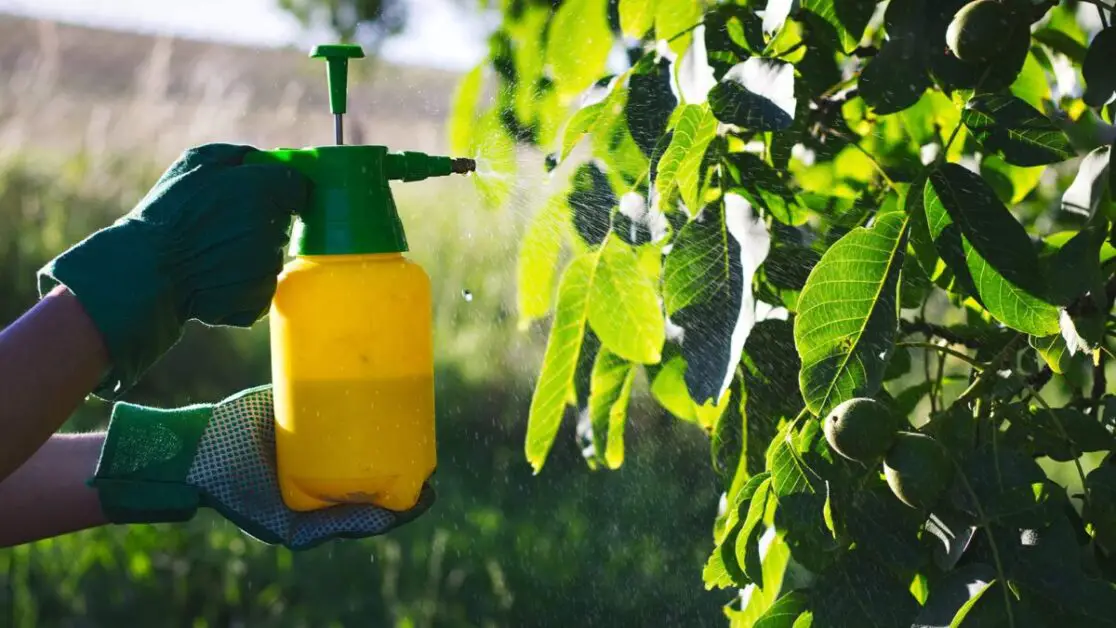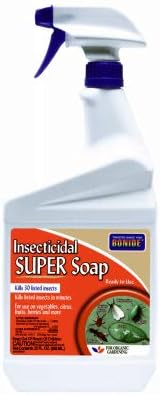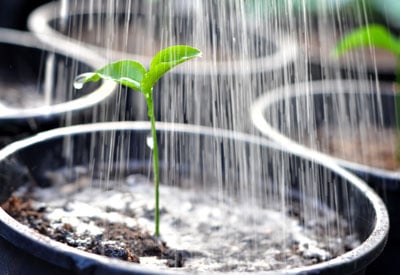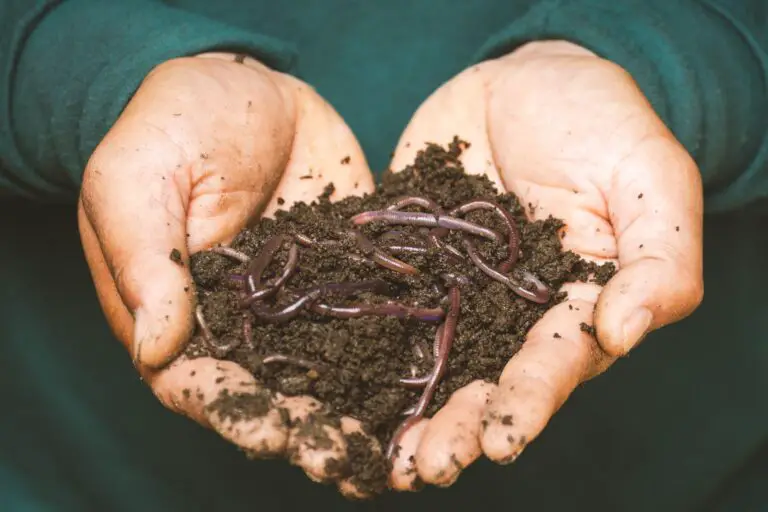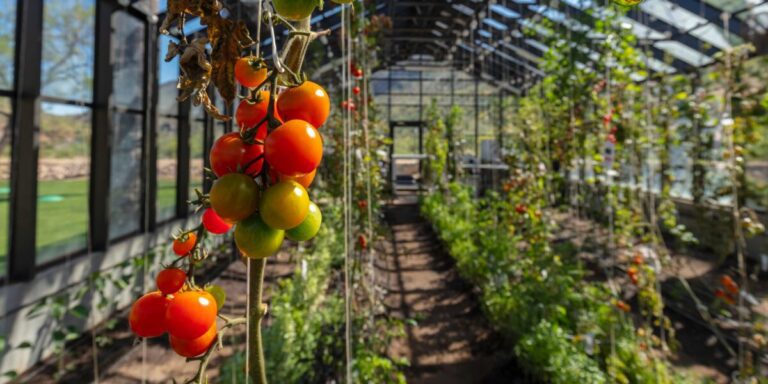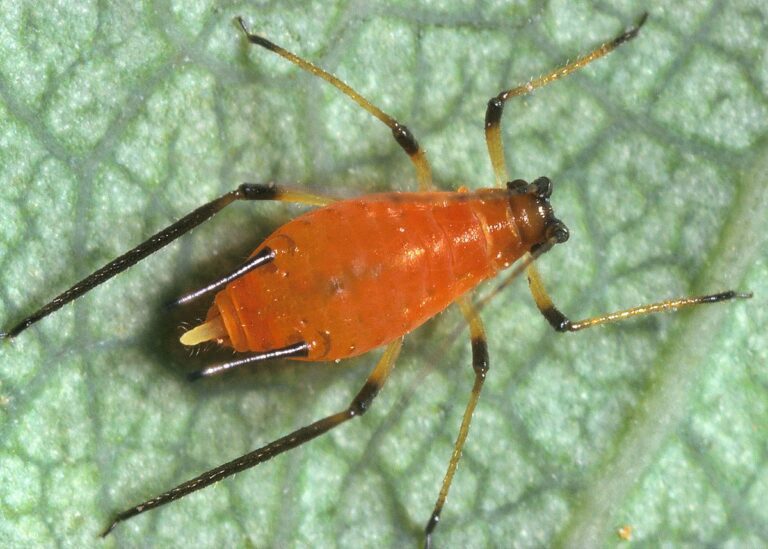How to Use Insecticidal Soap: A Safe and Natural Way to Kill Bugs on Your Plants
Are pesky bugs wreaking havoc on your beloved plants? Say hello to your new best friend: insecticidal soap! But wait, what exactly is this magical elixir, and how can it help you reclaim your garden? Fear not, fellow green thumbs, as we embark on a journey to uncover the secrets of this safe and natural pest control solution. From its humble origins to its potent bug-banishing powers, we’ll explore everything you need to know to become a bug-slaying hero. So, grab your spray bottle and join us as we dive into the world of insecticidal soap and bid farewell to unwanted garden guests for good!
Table of Contents
Treating Severe Infestations: Strategies for Using Insecticidal Soap in Challenging Situations
Insect infestations can pose a significant challenge in gardening, especially when they reach severe levels.
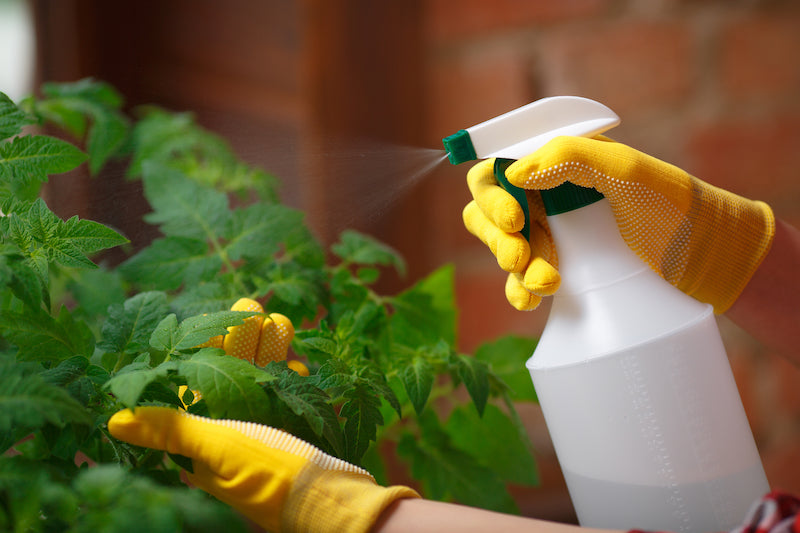
- Inspect Your Plants: Begin by thoroughly examining your plants to identify the areas affected by pests such as aphids, mealybugs, or spider mites. This step is crucial to determine the extent of the infestation.
- Select the Right Soap: Choose an insecticidal soap that is specifically formulated to target the pests you have identified. Ensure that the soap is suitable for the type of plants you are treating.
- Prepare the Solution: Follow the product instructions to prepare the insecticidal soap solution. If you are making your own, mix the soap with water in the correct ratio as per the recipe you are using.
- Apply the Soap: Using a clean spray bottle, apply the insecticidal soap solution to the affected plants. Make sure to cover all surfaces thoroughly, including the tops and bottoms of leaves, stems, and any crevices where pests may hide.
- Be Patient and Persistent: Understand that controlling severe pest infestations with insecticidal soap may require multiple applications. It is essential to be patient and consistent in your treatment to achieve the best results.
- Monitor and Repeat: After the initial application, monitor your plants regularly for any signs of pests. If necessary, reapply the insecticidal soap according to the recommended frequency, usually about once a week.
- Assess Plant Response: Observe how your plants react to the treatment. If you notice any adverse effects like leaf damage or discoloration, discontinue use immediately.
- Protect Beneficial Insects: While insecticidal soap is safer for beneficial insects compared to harsh chemical pesticides, it’s still important to be mindful of their presence in your garden. Avoid spraying when beneficial insects are active.
- Maintain Consistency: To effectively combat severe pest infestations and restore your garden’s health, maintain a consistent schedule of applying insecticidal soap as needed. Regular treatments can help prevent reinfestation and promote plant recovery.
The following table explains about the strategies for using insecticidal soap in a garden:
| Situation | Recommended Concentration | Application Frequency | Effectiveness Rating (1-5) |
|---|---|---|---|
| 1. Aphid Infestation | – 1-2% solution | – Apply every 5-7 days. | – 4.5 |
| 2. Spider Mites | – 1-2% solution | – Apply every 4-5 days. | – 4.0 |
| 3. Whiteflies | – 2% solution | – Apply every 5-7 days. | – 4.2 |
| 4. Mealybugs | – 2% solution | – Apply every 7-10 days. | – 4.3 |
| 5. Scale Insects | – 2-3% solution | – Apply every 10-14 days. | – 4.0 |
| 6. Thrips | – 1-2% solution | – Apply every 5-7 days. | – 4.1 |
Note: This table provides practical strategies for using insecticidal soap in a garden setting, including recommended concentrations, application frequencies, and effectiveness ratings for common pest situations. Adjust concentrations based on plant sensitivity and repeat applications as needed.
By using insecticidal soap strategically and consistently, you can effectively combat severe pest infestations and restore the health of your garden.
The VIVOSUN 0.2-Gallon Sprayer has been a reliable companion in my gardening endeavors. Its ease of use and portability make it ideal for various tasks, from watering delicate seedlings to applying fertilizers and pesticides. Despite its small capacity, its durable construction and adjustable nozzle ensure efficient and precise spraying. While manual pumping can be tiresome during extended use, its affordability and versatility outweigh this minor inconvenience. Overall, it’s a handy tool that simplifies gardening tasks and delivers satisfactory results.
- Easy to Use: Simple pump action for effortless spraying, suitable for various gardening tasks.
- Portable: Compact size and lightweight design make it convenient to carry around the garden.
- Adjustable Nozzle: Features an adjustable nozzle for controlling spray pattern and intensity.
- Durable Construction: Made from sturdy materials, ensuring longevity and resistance to damage.
- Multipurpose: Suitable for spraying water, fertilizers, pesticides, and herbicides in gardens or indoor plants.
- Affordable Price: Offers good value for money compared to other gardening sprayers on the market.
- Small Capacity: The 0.2-gallon capacity may require frequent refills for larger gardening projects.
- Limited Spray Reach: The spray may not reach far distances, requiring closer proximity to the target.
- Plastic Construction: Some users may prefer metal construction for added durability.
- Manual Pumping: Requires manual pumping for pressurizing, which may be tiring for prolonged use.
- No Pressure Gauge: Lacks a pressure gauge for monitoring internal pressure, requiring manual adjustment.
- Potential Leakage: Some users reported issues with leakage from the nozzle or pump mechanism over time.
Monitoring and Assessing Treatment Efficacy: Signs of Success and When to Reapply
When it comes to treating severe infestations, monitoring and assessing treatment efficacy is crucial for achieving successful results. As a gardener or gardening enthusiast, it is important to know the signs of success and when to reapply insecticidal soap.

Signs of Success:
- Reduced Pest Population: Keep an eye out for fewer pests on your plants after applying insecticidal soap or other treatments.
- Healthy Plant Growth: Healthy, vibrant plant growth indicates that pests are being controlled, allowing your plants to thrive without interference.
- Decreased Damage: As pests are controlled, you’ll notice a reduction in the damage they cause, such as chewed leaves or wilted foliage.
When to Reapply:
- Follow Product Instructions: Consult the label instructions of the insecticidal soap or treatment you’re using for guidance on reapplication intervals.
- Pest Resurgence: If you notice pests returning or an increase in their activity, it may be time to reapply the treatment to maintain control.
- Environmental Factors: Factors like rain or irrigation can wash away treatments, necessitating reapplication to ensure continued effectiveness.
- Regular Monitoring: Continuously monitor your plants for signs of pest activity to determine when reapplication is necessary, especially during peak pest seasons. It is recommended to wait at least 7-10 days before reapplying the treatment, allowing sufficient time for the soap to take its full effect.
In conclusion, by closely monitoring the signs of success, such as a decrease in pest activity and improved plant health, and knowing when to reapply insecticidal soap, you can effectively manage severe infestations and restore the vitality of your plants. Stay vigilant and committed to the treatment process, and you will reap the rewards of a healthy and pest-free garden.
The Bonide Products Insecticidal Soap has been a game-changer in my garden pest control routine. Its ready-to-use formula made application a breeze, and I was impressed by its effectiveness in tackling aphids and mites without harming my plants. While it required a few repeat applications for stubborn infestations, its gentle and environmentally friendly nature gave me peace of mind. Overall, it’s a reliable solution for keeping pests at bay in both indoor and outdoor garden spaces.
✅ Ready-to-Use: Comes in a convenient spray bottle, ready for immediate application without dilution or mixing.
✅ Safe for Plants: Gentle formula won’t damage plants or foliage, making it suitable for use on edible crops.
✅ Environmentally Friendly: Contains natural ingredients and is biodegradable, minimizing environmental impact.
✅ Versatile: Can be used indoors and outdoors on a variety of plants, including vegetables, fruits, and ornamentals.
✅ Residual Effect: Provides residual control, helping to prevent reinfestation of treated plants.
❌ Contact-Based Action: Effectiveness relies on direct contact with pests, necessitating thorough coverage of affected plants.
❌ Limited Effectiveness on Certain Pests: While effective against many common garden pests, it may not eradicate all pest species.
❌ Potential Residue: Some users reported a residue or film on plant leaves after application, which may require rinsing.
❌ Sensitive to Weather Conditions: Effectiveness may be reduced during rainy or windy weather, requiring reapplication.
❌ Not Suitable for All Pests: Not effective against larger pests like caterpillars or beetles, requiring alternative control methods.
Preventing Bugs from Your Plants
Maintaining a pest-free garden requires a proactive approach to prevent infestations before they occur. Effective prevention is key to avoiding the hassle and potential damage caused by pests. Here are some practical steps you can take to keep your garden pest-free:
1. Practice good garden hygiene: Start by keeping your garden clean and tidy. Clear away any plant debris, fallen fruits, or vegetable scraps regularly. These can attract pests and provide them with ideal breeding grounds. Additionally, make sure to remove weeds promptly, as they can serve as a hiding place for pests.
2. Choose disease-resistant plants: Selecting plants that are naturally resistant to common pests and diseases can greatly reduce the risk of infestations. Research and choose varieties that are known for their resilience and ability to withstand pests. By doing so, you’ll minimize the need for chemical interventions.
3. Implement physical barriers: Installing physical barriers can be an effective way to prevent pests from reaching your plants. Use wire mesh or netting to protect vulnerable plants from birds, rabbits, or larger insects. Floating row covers can also serve as a protective shield against flying pests.
Remember, preventing pest infestations requires consistent effort and vigilance. By implementing these preventive measures in your garden, you can significantly reduce the likelihood of encountering destructive pests and enjoy a thriving and healthy garden.
Watch video for more information:
FAQ
What is insecticidal soap?
Insecticidal soap is a specially formulated pesticide that targets and kills insects, including those that commonly infest plants.
How does insecticidal soap work to treat infestations?
Insecticidal soap works by suffocating and dehydrating the insects it comes into contact with, ultimately leading to their demise.
Can insecticidal soap be used in challenging situations, such as severe infestations?
Yes, insecticidal soap can be used in challenging situations, including severe infestations. However, it may require specific strategies and techniques for effective application.
What are some strategies for using insecticidal soap in challenging situations?
Strategies for using insecticidal soap in challenging situations include thorough coverage of the infested area, repeat applications as necessary, and targeting the undersides of leaves where pests often hide.
How can I monitor and assess the efficacy of insecticidal soap treatment?
You can monitor and assess the efficacy of insecticidal soap treatment by observing signs of success, such as a decrease in pest activity, reduced damage to plants, and improved overall plant health.
When should I consider reapplying insecticidal soap?
You should consider reapplying insecticidal soap if there is a resurgence in pest activity, visible signs of pest damage on plants, or if the infestation persists despite previous treatment.
Are there any preventive measures I can take to avoid severe infestations?
Yes, there are preventive measures you can take to avoid severe infestations. These include regularly inspecting plants for signs of pests, practicing good plant hygiene, and using insecticidal soap as a preventive treatment.
Can insecticidal soap be harmful to plants or the environment?
Insecticidal soap is generally considered safe for plants when used according to instructions. However, it’s important to avoid excessive use or application during hot weather, which can potentially harm certain plant species. As for the environment, insecticidal soap is less harmful than many other pesticides, but it’s still important to follow the recommended guidelines and use it responsibly.

Studied Agricultural Engineering-Plant Protection at University of California, Davis.
Head of Content writing team at Southelmontehydroponics.com

